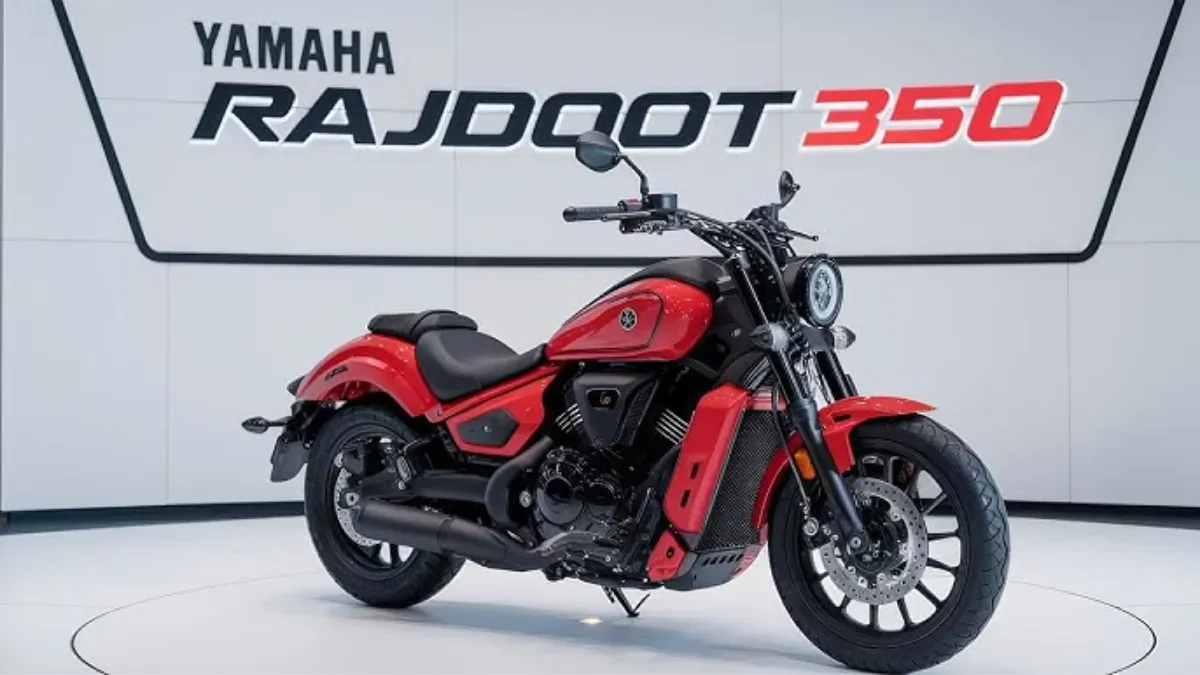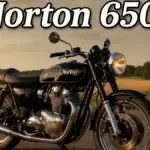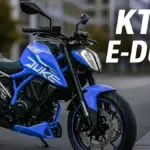The Rajdoot 350 holds a revered place in India’s motorcycling history. It was not just a motorcycle; it was an icon—synonymous with speed, style, and unmatched road presence during the 1980s and early 1990s. For many enthusiasts, this powerful two-stroke machine was the first real taste of performance biking in the country. In this article, we delve into the story, features, legacy, and cultural impact of the Rajdoot 350 and understand why it remains a cult classic even today.
The Origin of the Rajdoot 350
Imported Technology, Local Dream
The Rajdoot 350 was essentially a rebadged version of the Yamaha RD350, a global icon in its own right. Yamaha entered into a technical collaboration with Escorts Group in India to launch this motorcycle under the Rajdoot brand in 1983. The original RD350 (RD standing for Race Derived) had already gained immense popularity worldwide, and Indian riders were more than eager for its arrival.
Two Versions: High Torque and Low Torque
The Indian variant came in two versions:
- High Torque (HT): Launched initially with 30.5 bhp.
- Low Torque (LT): Released later with 27 bhp due to concerns over fuel efficiency and high maintenance.
Despite the slight detuning, the bike was still the fastest motorcycle available on Indian roads at the time.
Design and Engineering
Classic, Yet Purposeful Styling
The Rajdoot 350 featured a minimalist and functional design that matched its performance-oriented DNA. A round headlamp, chrome fenders, and a flat seat made it instantly recognizable. It was bold and aggressive by Indian standards of that time.
Engine Specifications
- Type: 347cc, air-cooled, twin-cylinder, two-stroke engine
- Power Output: 27–30.5 bhp depending on the version
- Top Speed: Around 140 km/h
- Transmission: 6-speed gearbox
- Ignition: Initially point-based, later upgraded to CDI (capacitor discharge ignition)
This two-stroke engine was a thrill machine, producing a unique exhaust note that could be recognized from blocks away.
Performance and Riding Experience
Unmatched Speed and Acceleration
At a time when most Indian motorcycles offered modest performance, the Rajdoot 350 was a rocket. It could accelerate from 0 to 100 km/h in just about 7–8 seconds, which was unheard of in India during the 80s.
Handling and Braking
Its double cradle frame and telescopic front forks provided decent handling characteristics. However, the bike had a drum brake setup on both wheels, which wasn’t entirely sufficient for its power and speed.
Fuel Consumption
One of the major drawbacks of the Rajdoot 350 was its fuel efficiency—or the lack of it. The HT version delivered only around 20 km/l, and even the LT version barely touched 25 km/l in real-world conditions.
Market Response and Commercial Failure
Ahead of Its Time
Despite its fantastic performance, the Rajdoot 350 struggled commercially. Indian consumers were not ready for a high-maintenance, fuel-thirsty machine. The infrastructure for servicing such advanced motorcycles was also lacking at the time.
High Price, Low Adoption
The initial cost of the Rajdoot 350 was considerably higher than the 100cc and 150cc motorcycles that dominated the market. Additionally, the lack of awareness about two-stroke maintenance and spare parts made it a tough sell for the average rider.
Cultural Impact and Legacy
A Symbol of Status and Enthusiasm
The Rajdoot 350 soon became a symbol of affluence and racing enthusiasm. Bollywood actors, rally racers, and youth from elite families owned this motorcycle, giving it a cool and aspirational image.
Cult Following
Even after it was discontinued, the Rajdoot 350 developed a cult following. Enthusiasts across India began restoring old models, maintaining them as collectibles and vintage racers. Today, owning a well-maintained Rajdoot 350 is a matter of pride among motorcycle lovers.
Comparison with Modern Motorcycles
Then vs Now
- Performance: While modern 350cc motorcycles have more refined engines, very few can match the raw thrill of the Rajdoot’s two-stroke power.
- Technology: ABS, EFI, liquid cooling, and digital displays are now standard, making today’s bikes more user-friendly and safer.
- Fuel Efficiency: Modern 350cc motorcycles easily give over 35–40 km/l, a big leap from the Rajdoot’s 20–25 km/l.
Why It Still Matters
Despite being outdated by today’s standards, the Rajdoot 350 still holds value in the eyes of collectors and purists. It represents a milestone in India’s automotive journey.
Reasons for Discontinuation
- Stringent Emission Norms: The two-stroke engine couldn’t comply with evolving pollution regulations.
- Rising Fuel Prices: Its poor fuel economy made it impractical for daily commuting.
- Low Sales Volume: Despite its capabilities, poor market demand led to its end.
The production of the Rajdoot 350 ceased by 1990, and it remains one of the rarest performance motorcycles made in India.
Rajdoot 350 in Motorsports
Although it was never officially a race bike, the Rajdoot 350 became a popular choice among private racers and rallyists. Its lightweight frame and explosive power made it suitable for Indian rally circuits in the 80s and early 90s.
Restoration and Collectibility
Finding a Rajdoot 350 Today
Collectors often scour the country for old, rusted Rajdoot 350s and invest heavily in restoring them. Original spare parts are rare and expensive, making restorations a labor of love.
Restored Rajdoot 350s in the Market
A fully restored Rajdoot 350 can fetch between ₹1.5 lakh to ₹3 lakh in the enthusiast market, depending on its condition and originality.
Conclusion
The Rajdoot 350 wasn’t just another motorcycle—it was a pioneer. Though it failed to capture the mass market due to its impracticality, its legacy as India’s first true performance motorcycle remains intact. It bridged the gap between Indian riders and international biking culture and created a foundation for future high-performance motorcycles in the country.







